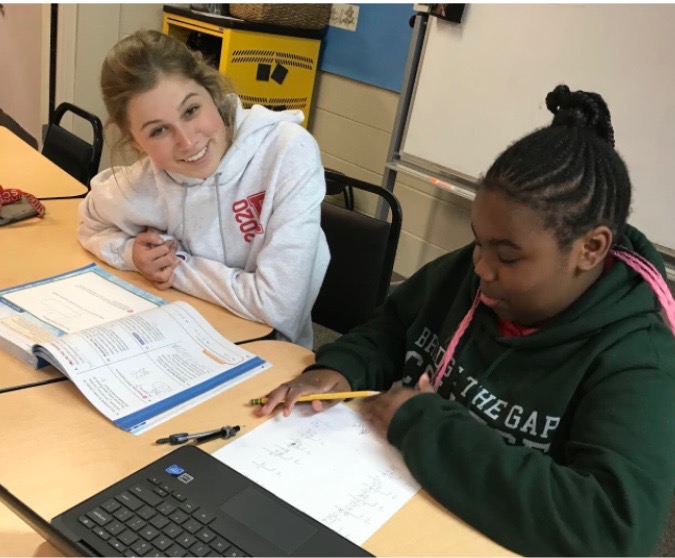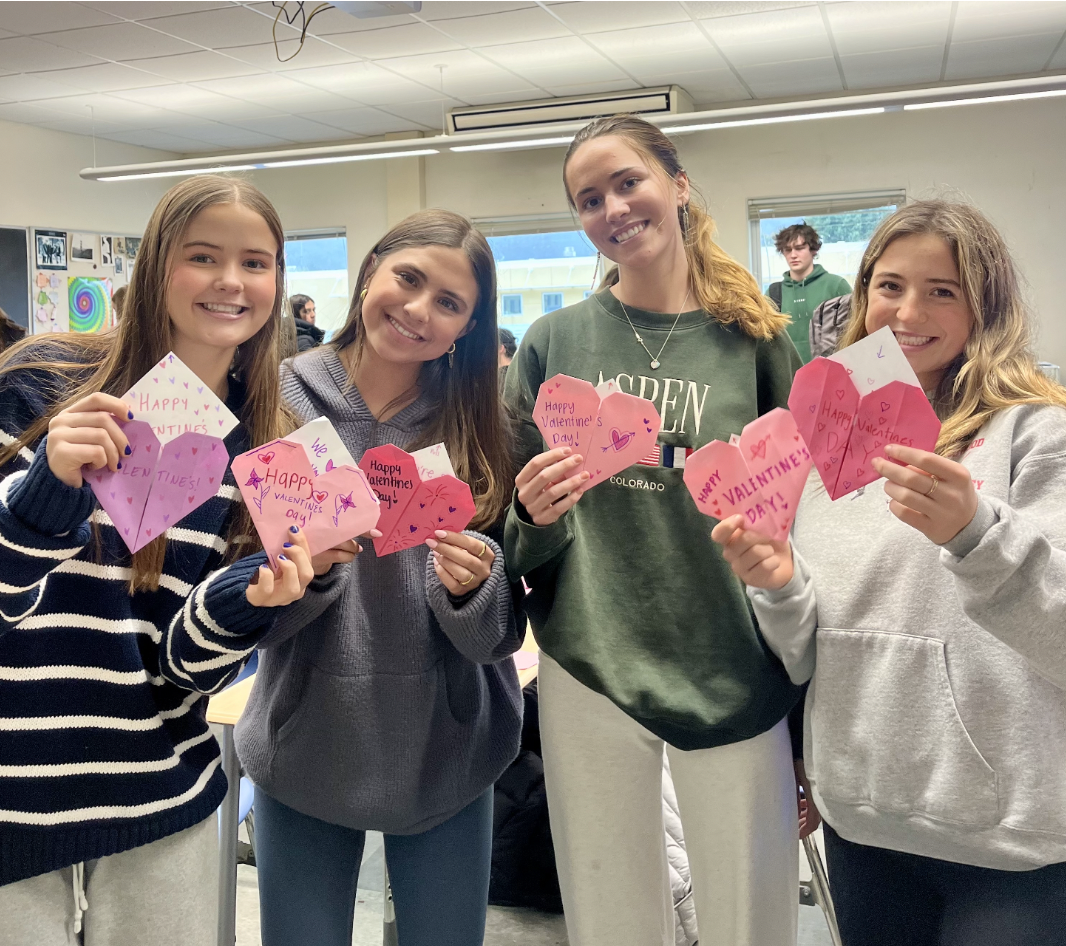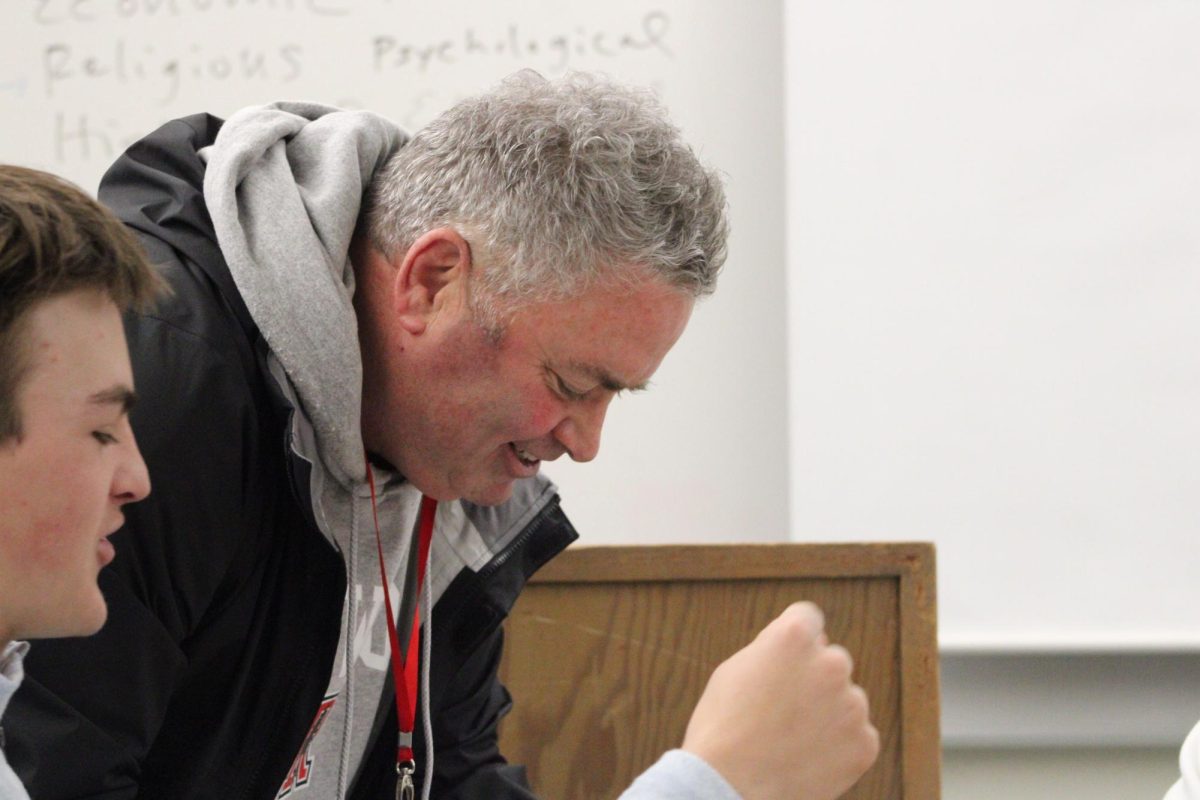When the bell rings at 3:03 p.m. to signify the end of another school day, many Redwood students rush to the parking lots hoping to escape after school traffic and get home. While students around this time either take an exit heading toward Tiburon Boulevard or drive through Larkspur, some Redwood students are heading elsewhere. Bridge the Gap College Prep (BTG) is a program dedicated to supporting students academically and emotionally and is located just off the Redwood highway in Marin City.
This tutoring center first established itself in 1995 after one of the three founders, Pastor Fred Small, and brought in six Marin City kids to his church in hopes of alleviating the stress within their lives. Whether the stress was from poverty or crime, Small paired the kids with six other mentors. This experience sparked an idea within Small to create a program dedicated to narrowing the achievement gaps through education. Since then, Bridge the Gap has expanded into a program where high school students and adult volunteers apply their skills from school and life to mentor students residing in Marin City. Recognizing the importance of mentorship, Redwood students at Bridge the Gap use their time at the program to have an impact on the lives of the students attending it. Instead of spending their after-school hours prioritizing personal activities and their own homework, they devote their time to helping children of all ages to complete theirs.
Junior Elisa Komes is one of the 18 Redwood volunteers at Bridge the Gap and has been tutoring there since November of last year.
“I like the idea that I can get outside my comfort zone and help. I think it is cool to see a different school environment outside of Redwood and see how other schools are teaching their kids,” Komes said.
While Komes spends her hours at the program working with a group of children, some volunteers are assigned to a specific student in order to track their growth and mitigate any gaps in their learning. Junior Ellie Abrams understands the importance of her presence as the student she works with continues to make progress with her help.
“The girl who I work with, [Alyssa], was so closed off in the beginning and it was difficult to talk with her, but over time she opened up to me. She would talk to me about her family or a hard day she had at school. When she would talk to me, it was huge because I was the only one who she would talk to about that stuff apart from [ teacher], Ms. P. The fact that she’s opening up shows that I have become one of her support systems,” Abrams said.
Komes has also noticed that Redwood students are not the only people at Bridge the Gap acting as support systems for the children. According to many of the Redwood volunteers, all of the teachers, whether they are full-time Bridge the Gap staff or teachers from other school districts, make sure to form a unique relationship with every student.
According to the student tutors of Bridge the Gap, being a good listener and giving undivided attention to the children are the qualities coming from the volunteers that will create a more comforting environment for the students. To Komes, La Donna Bonner, an English Language Acquisition (ELA) teacher and homework support advisor, embodies these qualities.
“[The students] definitely get more support than just helping them with their homework. They are provided with food, transportation and emotional support from the teachers, especially with La Donna. She gets connected with a student and you can tell she has a special and specific relationship with each one of them,” Komes said.
To Bonner, forming these one-on-one relationships is the most imperative aspect of Bridge the Gap.
“I feel like I get [an] opportunity that is different from a regular classroom. The classrooms are smaller so I get to have candid conversations with the students and teach them skills that they can use beyond and that will be helpful in their success moving on to college,” Bonner said.
According to Bonner, setting these kids up for success is what makes her appreciate and love her job every day.
“That’s what I find rewarding, when I can share that information and get them a jump start on the things they will need to know once they get to high school and beyond,” Bonner said.
Bridge the Gap provides people of all ages the opportunity to volunteer, and Redwood students who attend are some of the youngest volunteers who help. To Abrams, the age differences among the workers are what makes the experience even more rewarding.
“You’re given a lot of leadership and you’re being put in the same position as some of the other volunteers here. Even though we are the youngest volunteers, it’s cool to see how different ages can affect little kids lives the same. You think ‘Oh, I’m only 16, I can’t help a little kid,’ but you can,” Abrams said.
To Abrams, not only does the large age span allow different perspectives into the center, but it increases the range of people in which children can get help from. With Abrams, for example, her student had a difficult time opening up to adults but not to younger volunteers like Abrams. For Komes, she finds that relating with the children at Bridge the Gap can be an easy way to form a long-lasting bond. Over the years, Komes has learned to adapt to different learning environments despite struggling with dyslexia. Now at Bridge the Gap, she prioritizes accommodating for everybody’s differences when it comes to learning and picking up new concepts.
“In elementary school, I was always going to separate rooms getting help because I had a hard time with English. Once I started to get actual help it really benefited me. I wanted to be able to help people who were in the same boat as me,” Komes said.
Komes’ learning disability has helped her assist the children and understand the different ways in which people learn.
“It’s helpful to use the same tactics I used on kids going through the same challenges that I went through at school,” Komes said.
Whether it is getting a little girl to open up or acting as a relatable and supportive outlet, the tutors at Bridge the Gap have become role models to these children. With the help of the volunteers, many children have been given opportunities and attention that they may not have gotten if it wasn’t for this program. According to Abrams, some of the students attending Bridge the Gap are placed at a disadvantage due to the pace at which grade levels move.
“It is really common for students to be brought up a grade even if they don’t understand the curriculum. There are a lot of kids who aren’t learning at their grade level but they keep getting bumped up. Here [at Bridge the Gap], we catch them up,” Abrams said.
Whether it’s how the curriculum at school is being taught or how a student learns, to Abrams, the guidance she gives her student will not just impact her academics but will ultimately have an effect on her future.
“This is the first time in my life where a girl is depending on me to help her through school everyday. You have to be there every week. If you aren’t there the students aren’t going to progress,” Abrams said.






!["I knew I wanted to be a writer. I wasn't a good student [at Redwood], but I wanted to be a writer, and I wanted to paint. I'm self-taught in all of it, which gave me an original voice," Paige Peterson said. (Photo courtesy of Paige Peterson’s website).](https://redwoodbark.org/wp-content/uploads/2025/02/ppeterson.png)


